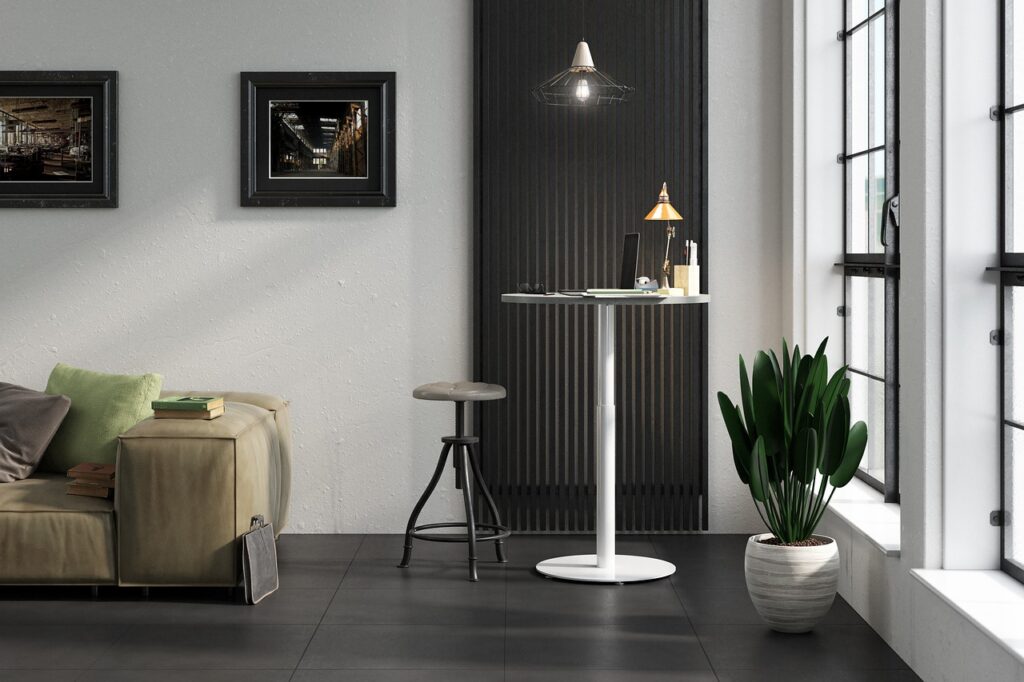In today’s fast-paced and interconnected business landscape, collaboration has become essential for driving innovation and achieving success. As organizations recognize the value of collaborative work, the design of workspaces has evolved to accommodate and encourage teamwork. Creating a well-designed collaborative workspace requires careful planning, incorporating elements that foster communication, creativity, and productivity. In this article, we will explore strategies and best practices for designing collaborative workspaces and highlight the advantages of partnering with a professional commercial interior design company to achieve optimal results.
Understanding the Importance of Collaborative Workspaces
Before diving into the design strategies, it’s crucial to understand why collaborative workspaces are vital for modern businesses. Collaboration promotes knowledge sharing, idea generation, and problem-solving, leading to enhanced innovation and productivity. By providing spaces that facilitate interaction, organizations can nurture a culture of teamwork, boost employee engagement, and attract top talent. A commercial interior design company specializing in collaborative workspaces can help leverage design principles to create an environment that supports these objectives.
Flexible Layouts and Zones for Versatility
Designing a collaborative workspace begins with creating a flexible layout that can adapt to different tasks and group sizes. Implementing an open floor plan with movable furniture and modular elements allows for easy reconfiguration and customization. Introducing designated collaboration zones, such as lounge areas, brainstorming rooms, and huddle spaces, provides employees with a variety of settings to choose from based on their specific needs. A commercial interior design company can help optimize the layout, ensuring a seamless blend of individual workstations and collaborative areas.
Incorporating Technology for Seamless Collaboration
Technology plays a crucial role in modern collaborative workspaces. From video conferencing and virtual collaboration tools to interactive displays and digital whiteboards, incorporating the right technology enables seamless communication and collaboration, regardless of physical location. A commercial interior design company can collaborate with IT experts to integrate the necessary infrastructure seamlessly. By strategically placing technology hubs, providing wireless connectivity, and ensuring easy access to power outlets, they can create an environment that empowers employees to collaborate effectively.
Designing Inspiring and Engaging Spaces
Creating an environment that inspires and engages employees is essential for fostering collaboration. Consider incorporating elements such as natural lighting, vibrant colors, and visually appealing artwork to create a positive and energizing atmosphere. Comfortable and ergonomic furniture encourages collaboration and supports long periods of work. Breakout areas with comfortable seating, relaxation spaces, and amenities like coffee bars and game zones can help stimulate creativity and provide opportunities for informal discussions. A commercial interior design company can utilize their expertise to curate a workspace that reflects the company’s culture and values, promoting employee satisfaction and collaboration.
Acoustic Solutions for Privacy and Focus
While collaboration is crucial, it’s also important to provide spaces that offer privacy and minimize distractions. Implementing acoustic solutions, such as sound-absorbing panels, partitions, and quiet rooms, helps create a balance between collaboration and focused work. These measures ensure that employees have the option to retreat to quiet spaces when needed, allowing for deep concentration and individual productivity. Working with a commercial interior design company ensures that acoustic considerations are integrated into the design, maximizing the effectiveness of collaborative workspaces.
Supporting Well-being and Work-Life Balance
Designing collaborative workspaces also involves considering the well-being and work-life balance of employees. Incorporating elements such as greenery, access to natural light, and dedicated wellness areas promotes a healthy and balanced work environment. Creating spaces for relaxation, exercise, and mindfulness activities encourages employees to take breaks and recharge, ultimately enhancing their productivity and collaboration. A commercial interior design company can provide expertise in incorporating these elements seamlessly into the workspace, ensuring a holistic approach to employee well-being.
Conclusion
Designing collaborative workspaces requires a thoughtful and strategic approach to create environments that foster teamwork, innovation, and productivity. By embracing flexible layouts, incorporating technology, designing inspiring spaces, providing acoustic solutions, and supporting employee well-being, organizations can create collaborative workspaces that empower their teams. Partnering with a professional commercial interior design company allows businesses to leverage their expertise in creating tailored solutions that align with the company’s objectives and culture. With their guidance, you can design collaborative workspaces that inspire collaboration, enhance productivity, and drive success.





